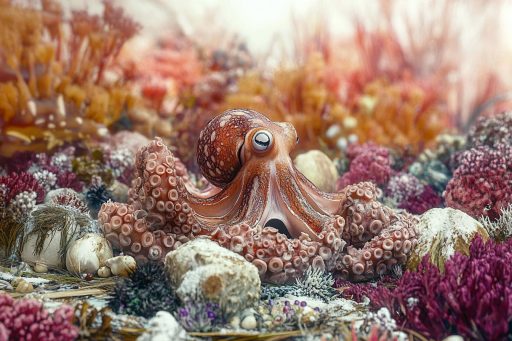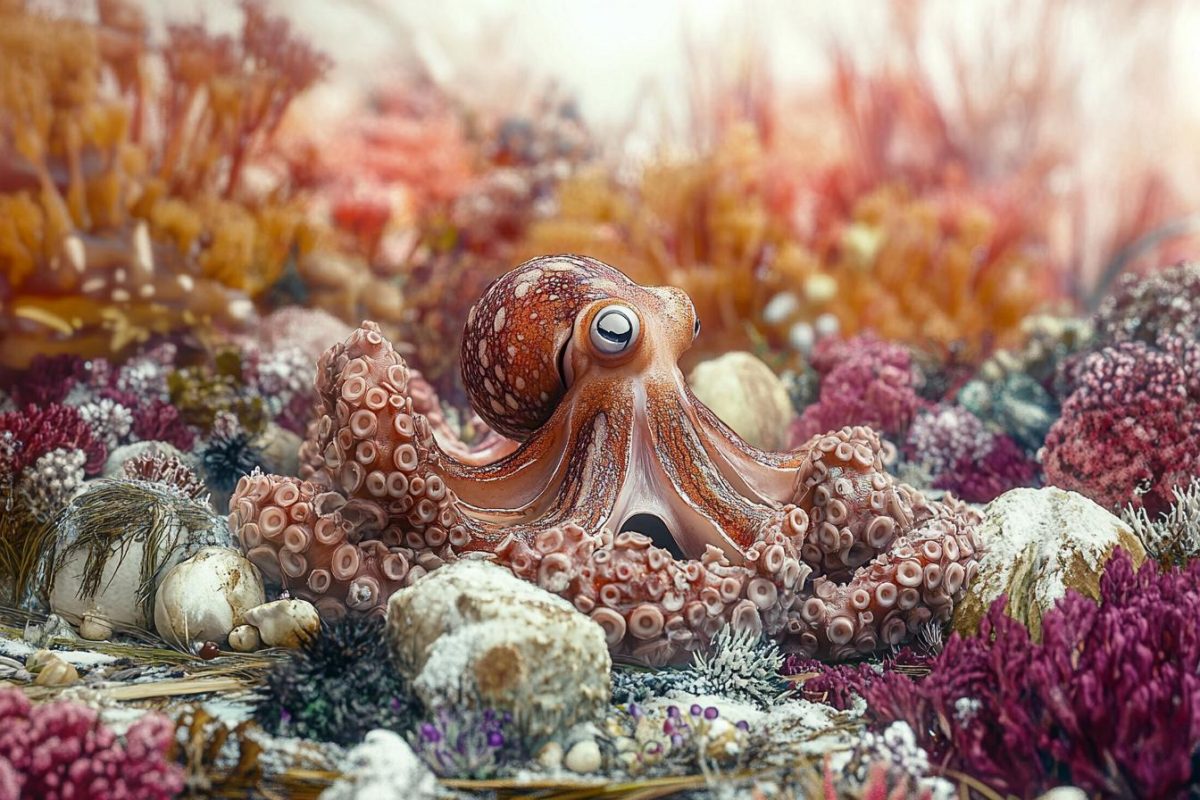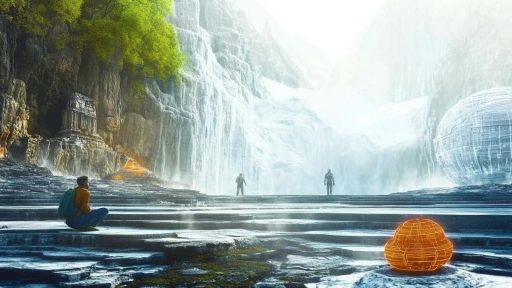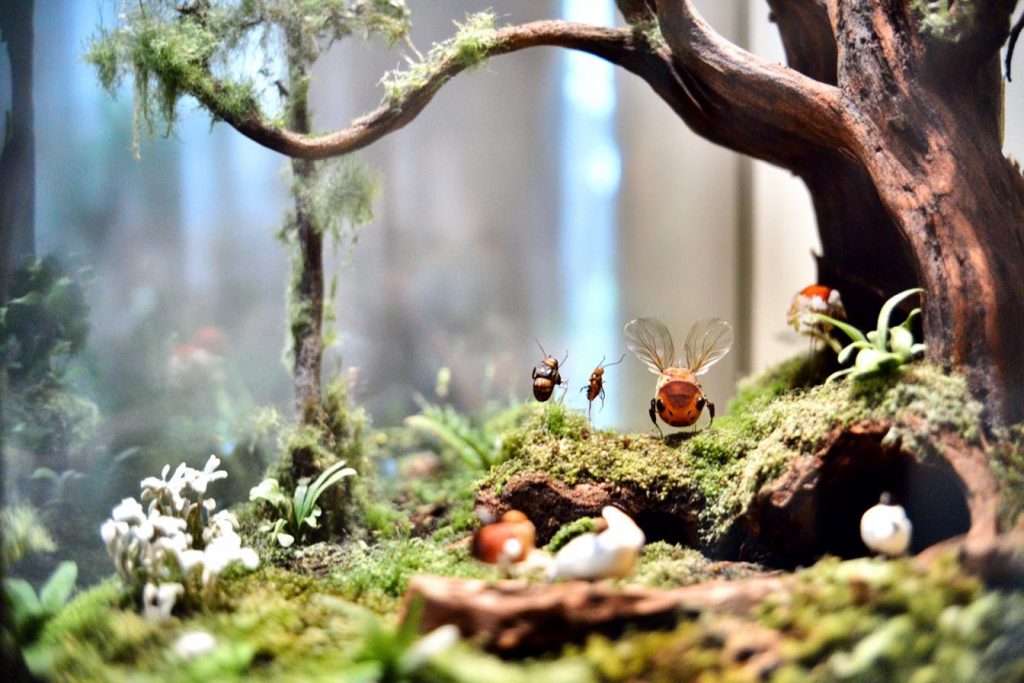
Nature is full of surprises—but some of its survival strategies are so unbelievable, they almost seem like science fiction. From creatures that fake their own deaths to plants that clone themselves endlessly, life on Earth has developed astonishing ways to adapt, outwit, and endure. These bizarre tactics often blur the line between brilliance and absurdity, challenging everything we think we know about evolution. The deeper we look, the more it becomes clear: nature doesn’t just survive—it reinvents the rules.
The Lizard That Self-Destructs to Escape
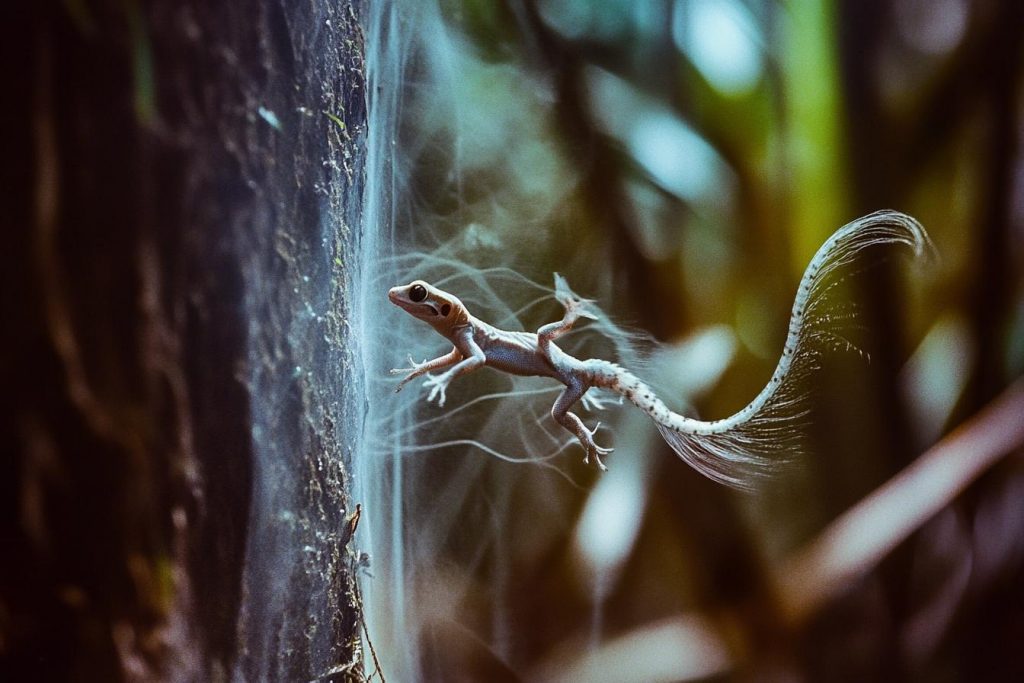
The gecko has a wild defense mechanism: it can literally shed its tail to confuse predators. But some species take this even further, losing skin or scales in patches to slip away from danger. It looks like a gory sacrifice, but it’s a calculated tactic to stay alive. Over time, the lost parts regenerate—nature’s version of escape and rebuild.
Trees That Talk Through Underground Networks
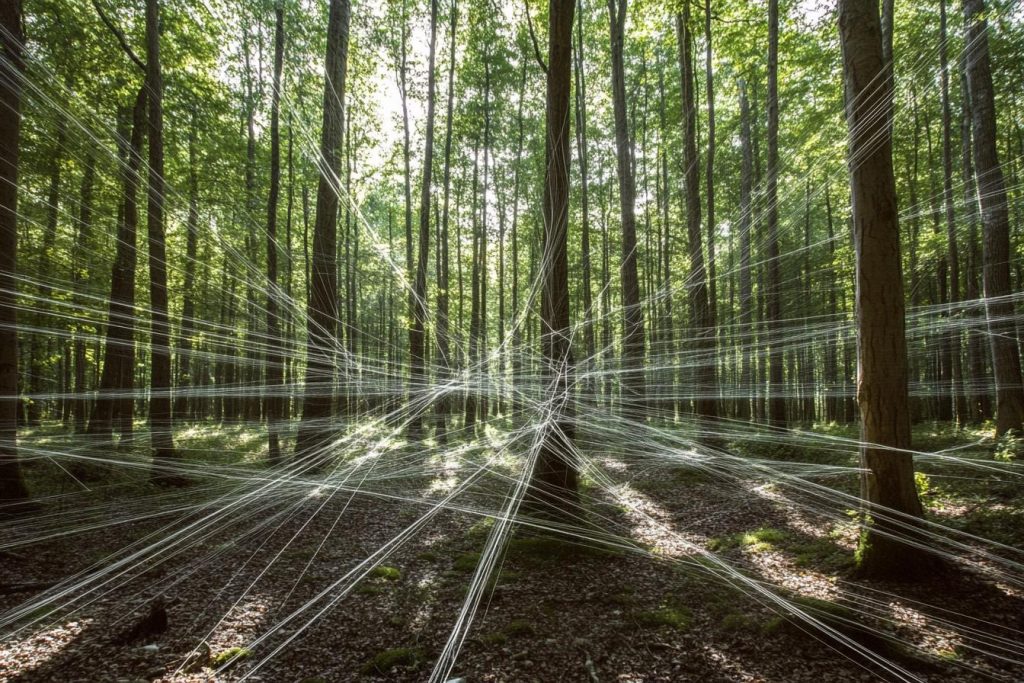
Forests aren’t just groups of trees—they’re connected through vast fungal networks dubbed the “Wood Wide Web.” Using these underground systems, trees can send chemical warnings, share nutrients, and even sabotage competitors. When one tree is under attack, others prepare in advance. It’s a survival strategy that turns entire forests into a united organism.
The Fish That Comes Back to Life
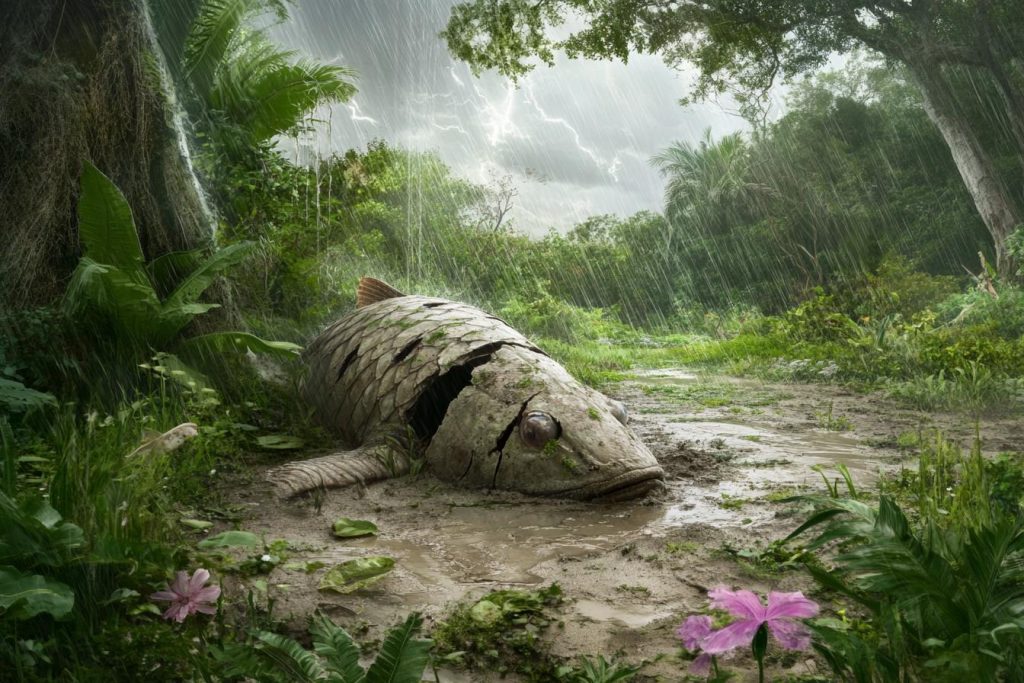
African lungfish can survive years without water by burrowing into mud and entering a state of suspended animation. Wrapped in a self-made mucus cocoon, it slows its metabolism to near zero. When rain returns, it simply wakes up and swims off like nothing happened. It’s like nature pressed pause—and then play.
The Shrimp That Punches With the Force of a Bullet
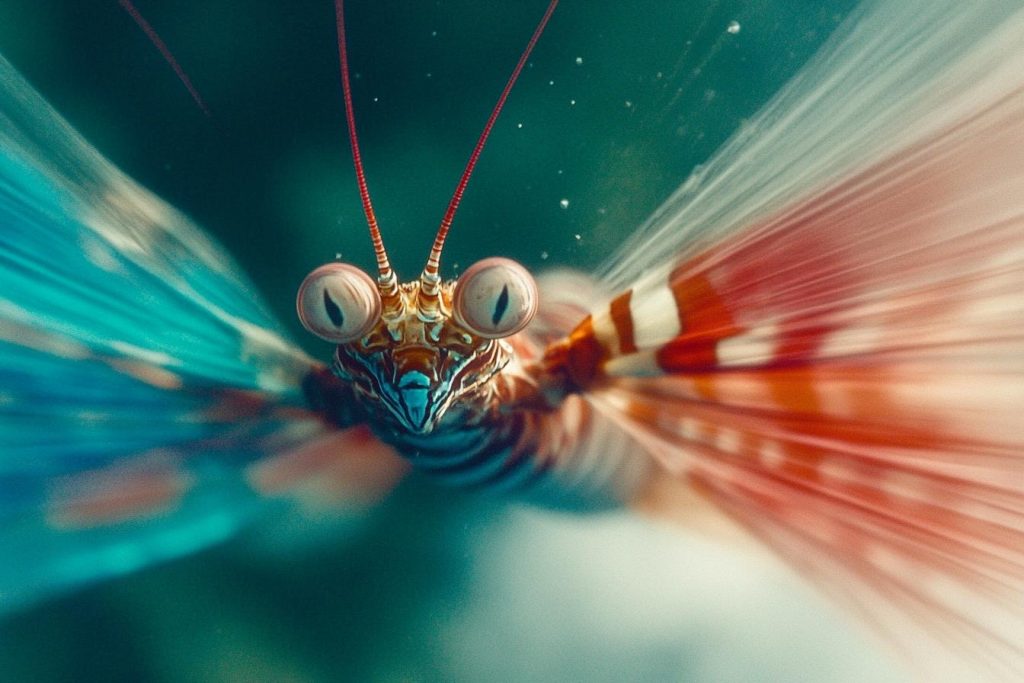
The mantis shrimp may look small, but its survival weapon is shockingly powerful. It punches with such speed that the water around its claw briefly turns to plasma, stunning prey or predators. Its strike can shatter aquarium glass and outmatch larger threats. Nature gave it a weapon worthy of science fiction.
The Frog That Freezes Solid and Thaws Alive
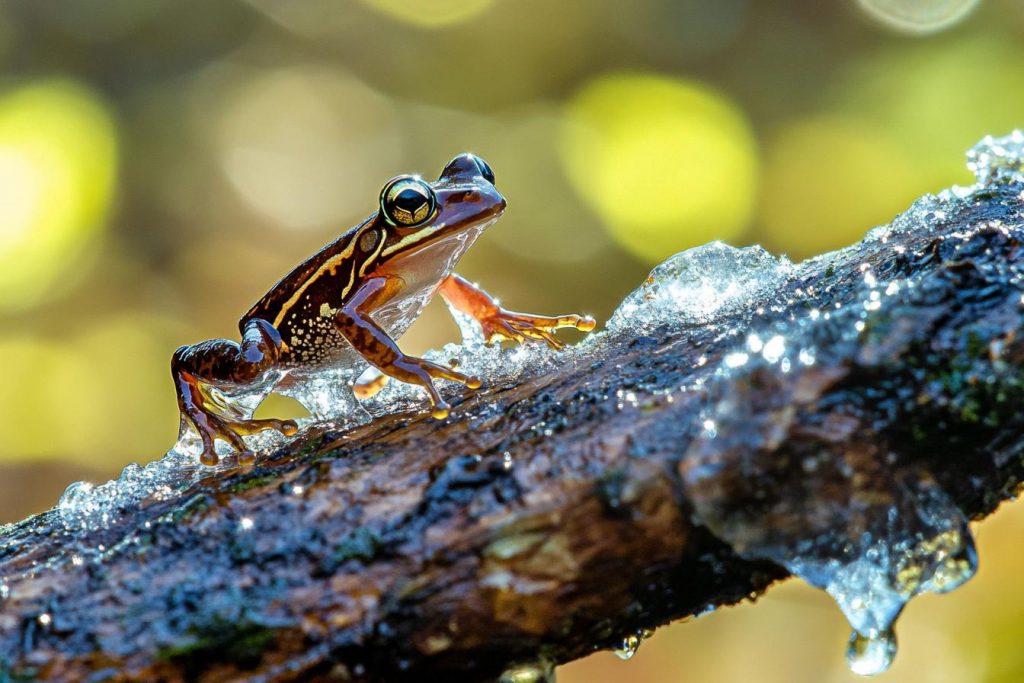
Wood frogs in the Arctic quite literally freeze solid during winter—heart stopped, lungs still. Yet come spring, they thaw and hop away like nothing happened. Their cells produce antifreeze-like chemicals that prevent ice damage. It’s death-defying survival at its most surreal.
The Octopus That Mimics Everything Around It
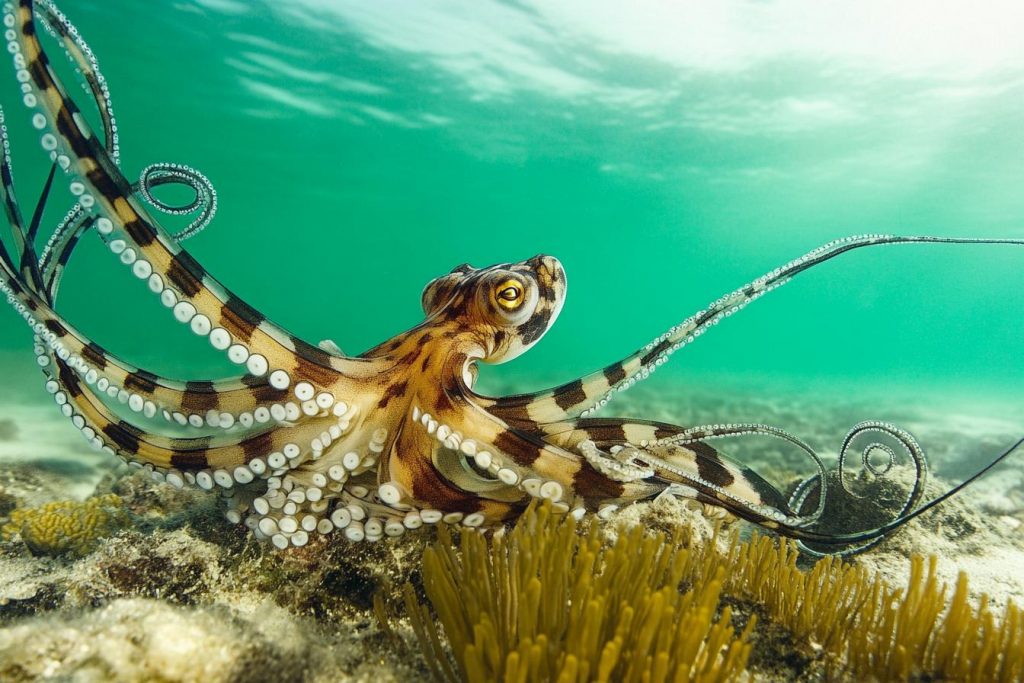
The mimic octopus doesn’t just blend in—it becomes other animals. It can impersonate lionfish, sea snakes, and flatfish by changing color, shape, and movement. This allows it to confuse predators or sneak up on prey. It’s shape-shifting for survival, right out of a fantasy novel.
Seeds That Wait for Centuries to Sprout
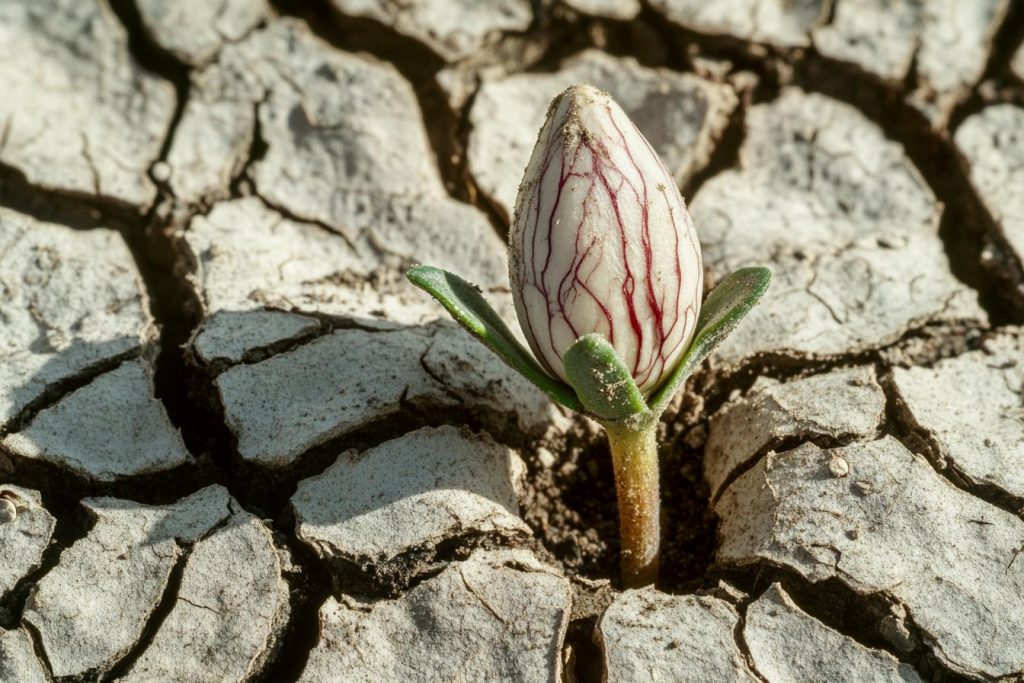
Some seeds lie dormant for decades—or even centuries—waiting for just the right conditions. The oldest known viable seed, a Judean date palm, sprouted after nearly 2,000 years. These botanical time capsules endure droughts, disasters, and dormancy with quiet persistence. When the time is right, they awaken and thrive.
The Jellyfish That Rewinds Its Life Cycle
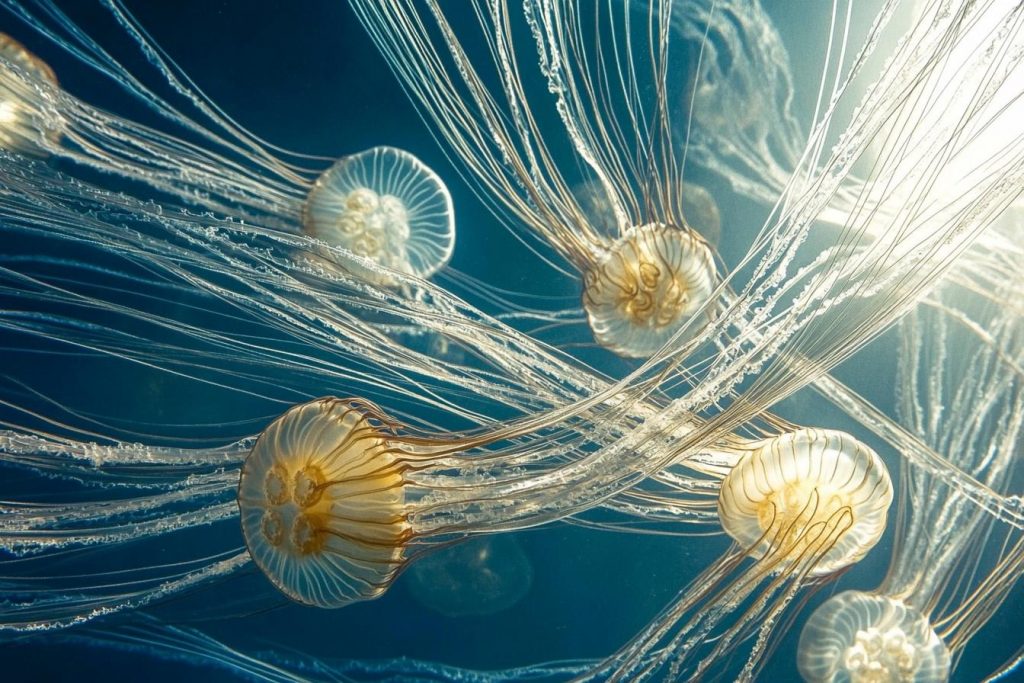
Turritopsis dohrnii, also called the “immortal jellyfish,” has a trick unlike any other: it can reverse its aging process. When stressed, it transforms its adult cells back into their youthful form, essentially starting over. This regeneration loop could, in theory, go on indefinitely. In nature’s version of a reboot, death is just another phase.
Moss That Survives in Outer Space

Moss is hardy—but one species shocked scientists by surviving unprotected exposure in space. Blasted by cosmic radiation, vacuum conditions, and extreme temperatures, it somehow stayed alive. Once returned to Earth, it began growing again as if nothing had happened. Nature’s resilience, it turns out, is interstellar.
The Fish That Survives in Toxic Waters
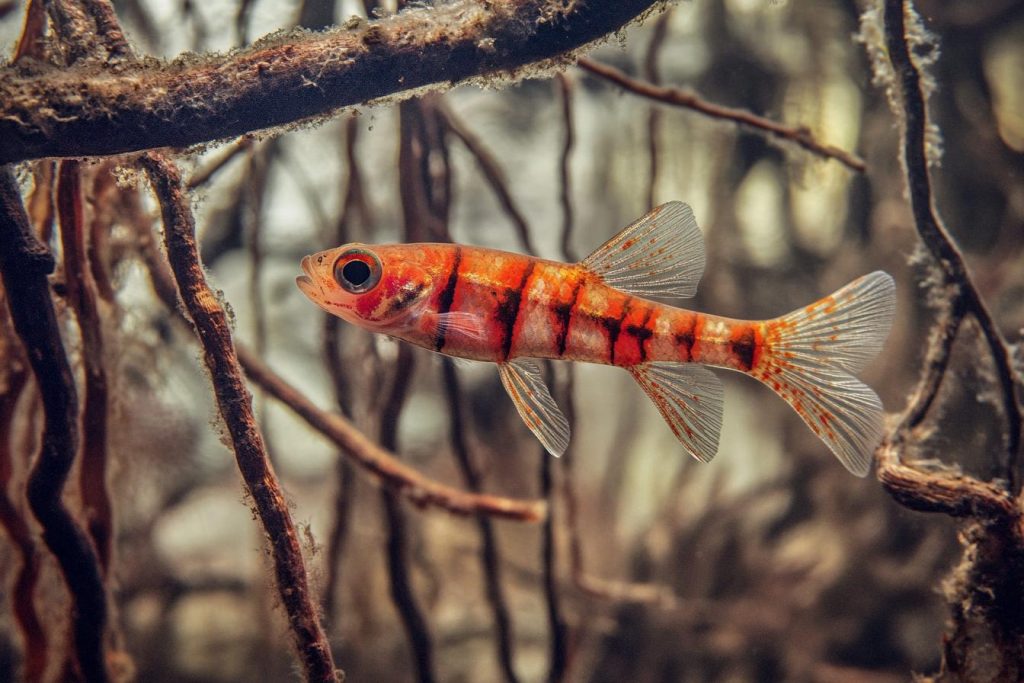
The mangrove killifish doesn’t just tolerate harsh conditions—it thrives in them. It can survive out of water for months, breathe through its skin, and even withstand polluted, oxygen-deprived environments. Some individuals even self-fertilize to ensure reproduction in isolation. Adaptation like this is beyond clever—it’s miraculous.
The Plant That Imitates Dead Leaves to Avoid Predators
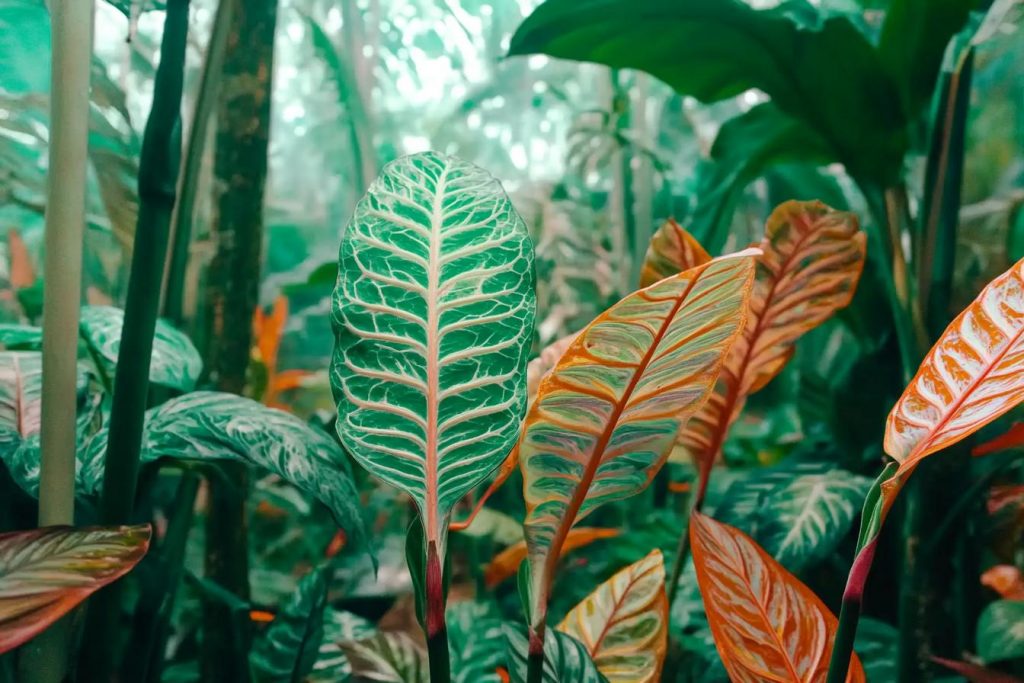
Some plants, like Boquila trifoliolata, can mimic the shape and color of surrounding leaves—whether dead or alive. This leafy camouflage throws off herbivores that might otherwise snack on them. It’s not just blending in—it’s actively adapting to match whatever’s nearby. A trick straight from nature’s illusionist playbook.
Insects That Play Dead So Well They Fool Predators
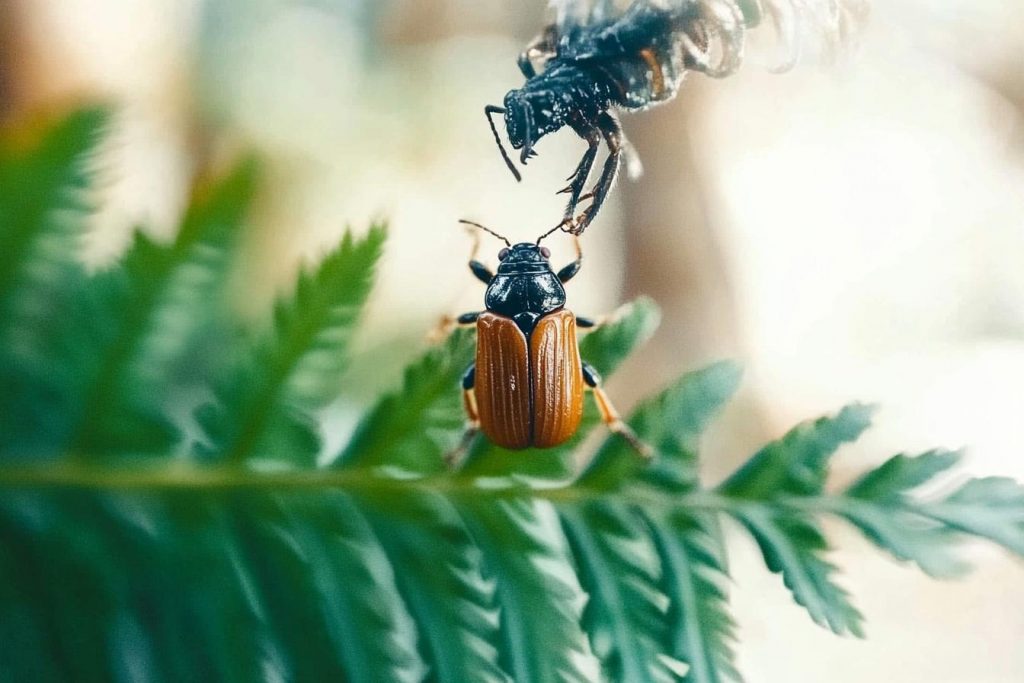
Many beetles and spiders employ thanatosis, or “playing dead,” to escape becoming a meal. They freeze completely, even emitting foul smells or curling up like corpses. Some predators lose interest and walk away, thinking the prey is already spoiled. It’s passive survival—but executed to perfection.
The Snake That Vomits to Survive
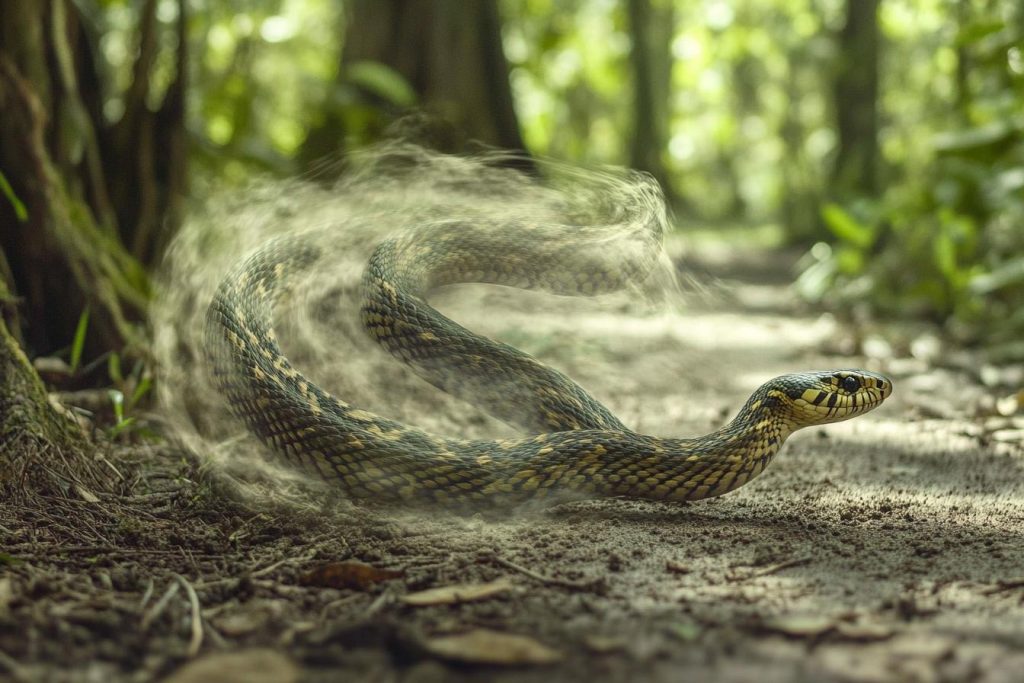
When threatened, some snakes will regurgitate their last meal—sometimes an entire animal—just to lighten their body and escape faster. It’s not just dramatic; it gives them a crucial speed boost in a life-or-death moment. This self-sacrificing reflex shows how far creatures will go when survival is on the line.
Creatures That Regrow Entire Limbs
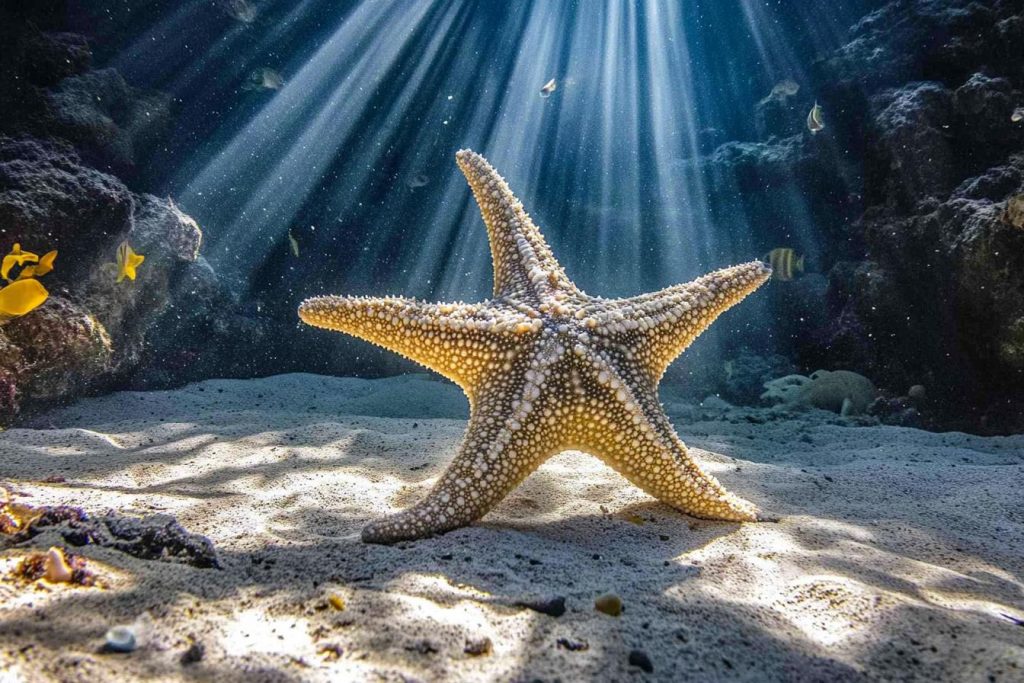
Salamanders, starfish, and certain lizards can regenerate entire limbs, tails, or organs. For them, losing a body part in battle isn’t the end—it’s just a setback. Over time, new tissue forms and the missing limb returns, sometimes stronger than before. Nature doesn’t just heal—it rebuilds from scratch.
Mammals That Lower Their Body Temperature to Fake Death
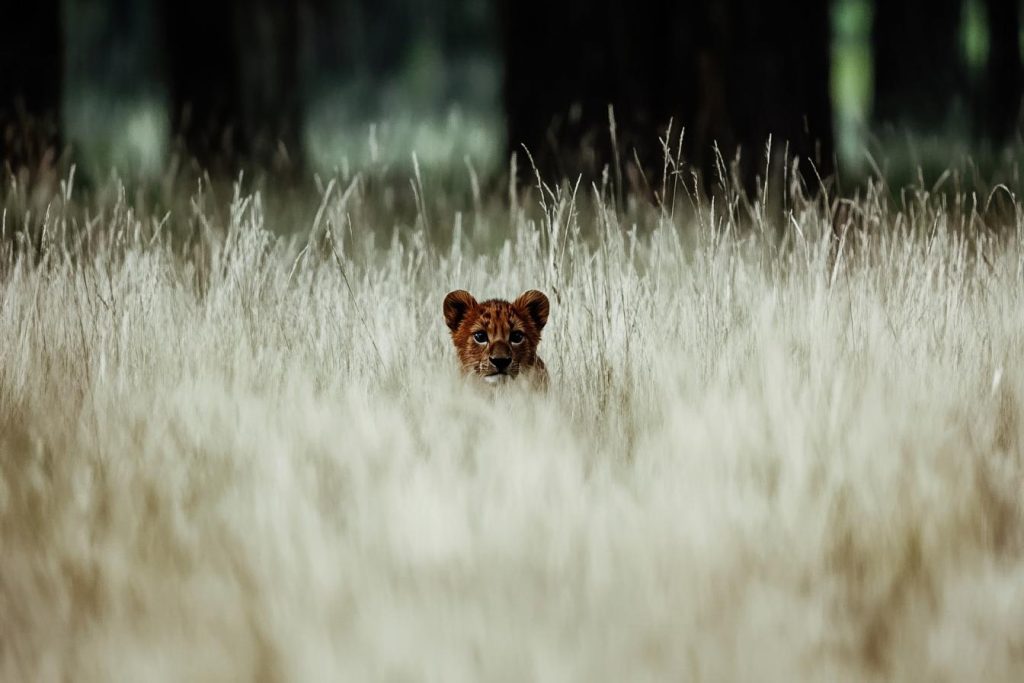
Some small mammals like opossums or dormice enter states of torpor or feigned death when faced with danger. Their heart rate drops, breathing slows, and they become nearly impossible to detect. Predators often move on, believing their target is already gone. It’s a physiological disappearing act—and it works.
The Game Is Survival—and Nature Plays to Win
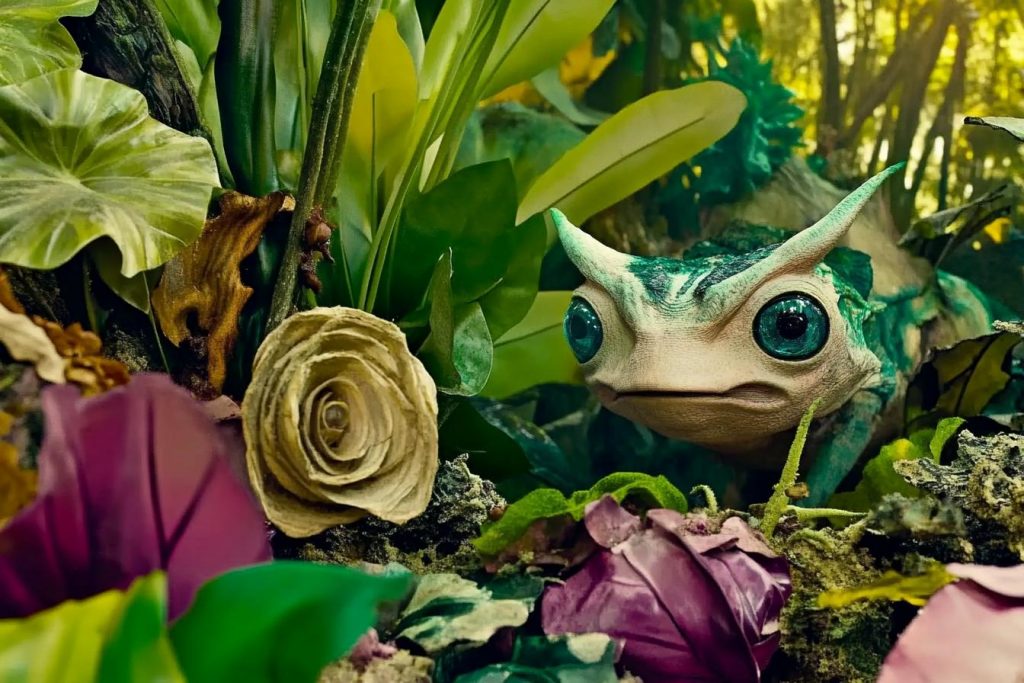
Nature doesn’t settle for ordinary. It adapts, outsmarts, and even rewires itself in ways that stretch the limits of biology and imagination. These survival strategies are more than just clever tricks—they’re testaments to the extraordinary creativity of life on Earth. And if these tactics are any indication, nature’s next move might be even stranger than we expect.

